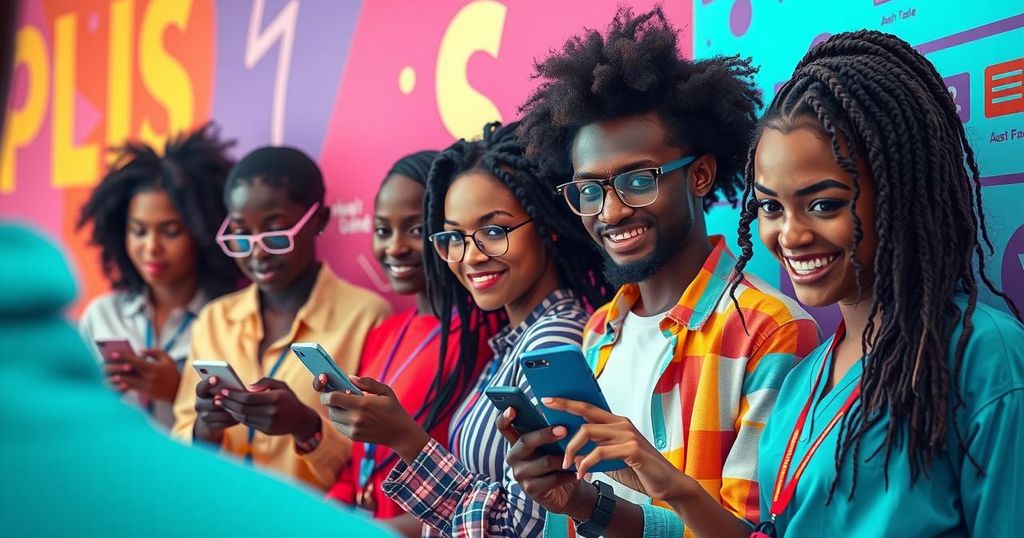President Paul Biya Struggles to Connect With Young Voters Online

- Paul Biya’s attempts to engage youth on social media show minimal success.
- 95% of Cameroonian youths primarily use WhatsApp, limiting Biya’s reach.
- Critics say Biya’s online presence lacks authenticity and interaction.
- Over 60% of the Cameroonian population is under the age of 25.
- Young voters are seeking real change, not just social media campaigns.
Biya’s Digital Strategy Faces Tough Audience Expectations
Digital Communication Challenges in Cameroon For 92-Year-Old President Paul Biya, the challenge of engaging with younger voters in Cameroon via social media is quite apparent. Despite his advanced age, Biya has ramped up his online presence in recent months, especially as he confirmed his bid for an eighth term in office just last week. This increased activity on platforms like Facebook and X, previously rather dormant, signals a new, if somewhat awkward, effort to appear relevant to the youth demographic ahead of the impending elections in October.
Understanding Cameroon’s Young Voters
Youthful Voices in Political Engagement Analysts express that Biya’s strategy is falling short of its objective, even as the population is predominantly young, with over 60% of the population under the age of 25. As Rostant Tane from Media Intelligence Sarl points out, while Cameroon boasts over 5.4 million social media users, a staggering 95% of the youth prefer WhatsApp, a medium where the presidential conversations barely exist. Tane critiqued the lack of genuine interactivity on Biya’s social accounts, stating, “There’s no regional segmentation, no interactivity…the message doesn’t resonate well with what the younger population seeks on social media platforms.
Need for Genuine Political Dialogue
Perception vs. Authenticity: Biya’s Struggles According to communication expert Hervé Tiwa, there is a palpable sense of disconnect felt by the youth due to the lack of authenticity in Biya’s posts, questioning whether the president is even behind them. The communication remains largely top-down, ignoring comments and failing to provide personalized responses, leading to a perception that these efforts are more superficial than meaningful. Young citizens, like 27-year-old Ulrich Donfack, emphasize the importance of action over mere marketing tactics, lamenting that flashy graphics and slogans do not fulfill the needs or aspirations of Cameroon’s youth. Instead, they seek real change, especially around urgent issues like unemployment and corruption that loom large in their lives.
In conclusion, while President Paul Biya is making efforts to engage with the youth of Cameroon through social media, analysts believe these initiatives lack authenticity and fail to address pressing issues facing young people today. High unemployment rates and corruption remain key concerns that Biya’s communication strategy seems to overlook. As the October elections approach, it remains uncertain if his attempts to reach out to younger voters will have a tangible impact on their electoral decisions.







